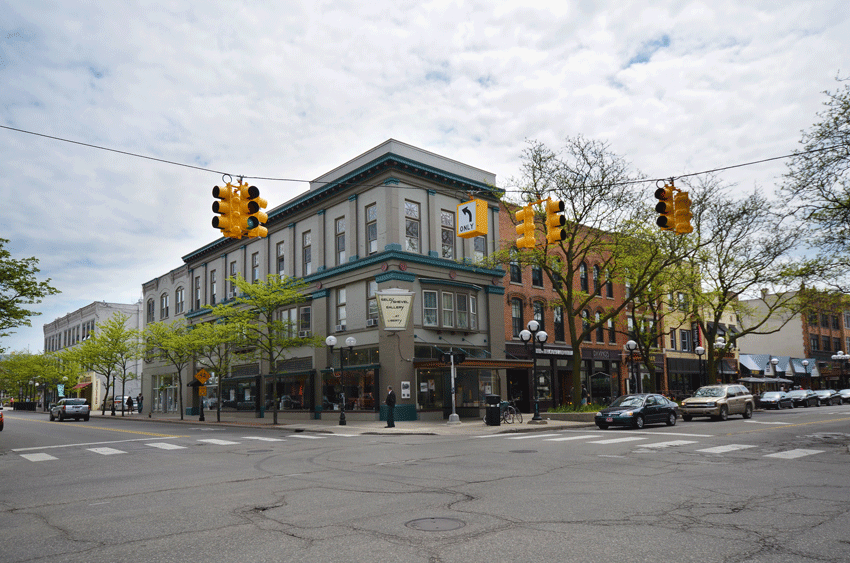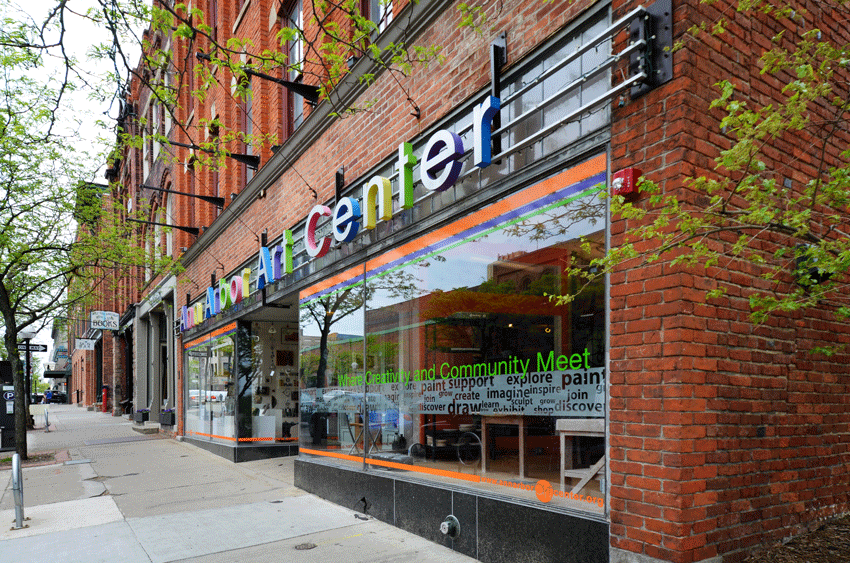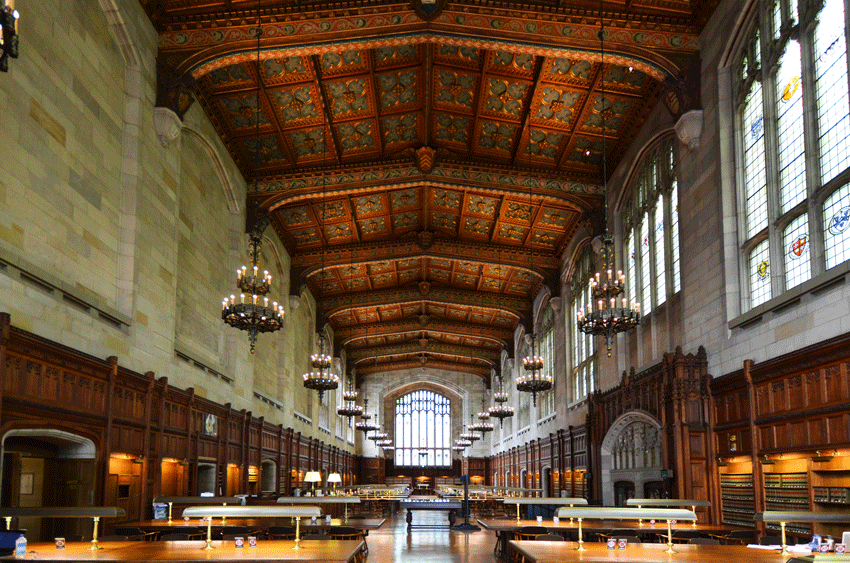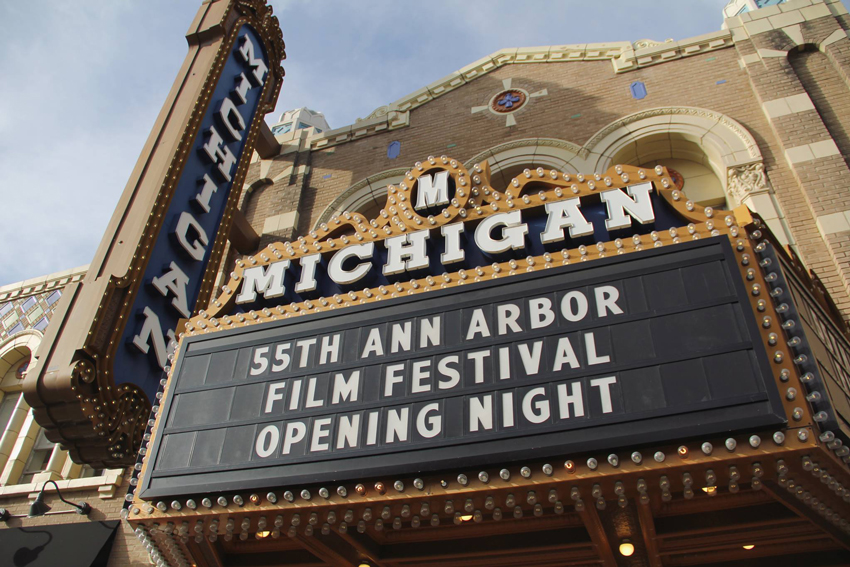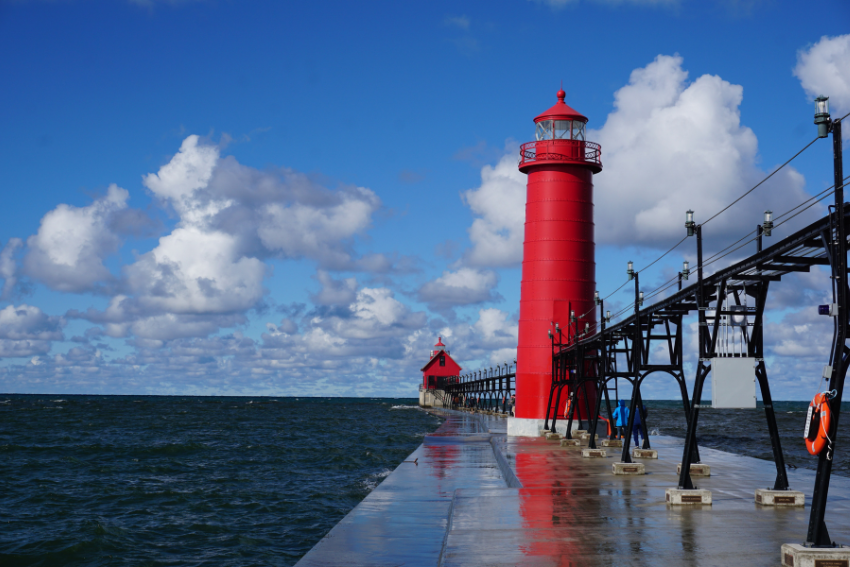July 14, 2015
11 Things You Didn't Know About Ann Arbor
From our nationally ranked university to our fantastic restaurants and festivals, there are a lot of things that have put Ann Arbor on the map. But even if you’re an Ann Arbor history buff, we’re sure there are still some things that even you don’t know about our fascinating city.
We rounded up a few of our favorite interesting tidbits about A2 below—from the history of our town’s name to a few lesser-known Ann Arbor inventions. Read on to learn some new things about Ann Arbor and to arm yourself with valuable information for your next trivia night!
It’s easy to assume that Ann Arbor was just named for our many trees. And while they definitely played a part, did you know that the “Ann” in our name actually came from the names of our founders’ wives? Legend has it that Ann Arbor founders John Allen and Elisha Walker Rumsey named the town after their wives, Ann Allen and Mary Ann Rumsey after noticing they were fond of sitting under a wild grape arbor on their property. John and Elisha were supposedly so enamored by the idyllic sight of their wives relaxing in the shade of that arbor, they decided their newly purchased land should be named “Ann’s Arbor,” later converted to Annarbour and then, finally, Ann Arbor.
We’re home to the largest stadium in the country
Michigan Stadium, or the Big House, is the football stadium for the University of Michigan. And while the sea of maize and blue is definitely an incredible sight on game day, you probably never realized that Michigan Stadium is actually the largest stadium in the United States and, unbeknownst to many, is also the third-largest stadium in the entire world! The official capacity of the stadium as of 2013 is 107,601 but has hosted crowds in excess of 115,000 people.
Founded in 1909, the Ann Arbor Art Center is the third-oldest arts organization in Michigan. In fact, it’s even older than the University of Michigan academic arts curriculum! These days, the AAAC is our local headquarters for enjoying art exhibitions, connecting with local artists, and learning new art skills. Their many educational experiences are available for all ages and topics cover everything from painting and ceramics to jewelry making and metalsmithing! Click here to explore this month’s calendar.
The foundation of the Peace Corps was laid on the steps of the Michigan Union in 1960
One of the signature achievements of President John F. Kennedy was creating the Peace Corps, a now famous international volunteer organization. But what isn’t well known is how the organization was created. After a day of campaigning for the presidency, Senator John F. Kennedy arrived at the University of Michigan in Ann Arbor on the early morning of October 14, 1960, to get some sleep. However, 10,000 students at the university were waiting to hear the presidential candidate speak. So, on the steps of the Michigan Union at two in the morning, JFK spoke to them. One of the things he proposed that morning was the foundation for the Peace Corp, a bold new experiment in public service. How many of them, he asked, would be willing to willing to serve their country and the cause of peace by living and working in the developing world? Their reaction was, unsurprisingly, very enthusiastic.
Ann Arbor was a birthplace of the White Panther Party
In 1966 in Oakland, California, the Black Panther Party was formed by college students Bobby Seale and Huey P. Newton to challenge police brutality in the city. Over the years, the organization expanded to offer programs to address food injustice, health clinics for education, and much more. In 1968, after being asked how white people could support The Black Panthers in an interview, Newton replied that they could create a White Panther Party. And the members the Detroit Artists Workshop did just that, creating an anti-racism group that worked throughout Detroit and Ann Arbor for several years.
Whether you hate them or love them, there’s no denying the impact cubicles have had on the world. Now synonymous with the idea of office work, cubicles were actually originally intended to liberate office workers. The concept was developed here in Ann Arbor at the research center of Herman Miller Inc. The invention of Robert Propst, a brilliant local inventor, the walls were first conceived as an alternative to the open workrooms that lacked privacy or personality. Instead of the cubes we know today, Propst pictured an Ikea-style desk space that the user could rearrange at will, with only three walls to still allow for coworker interaction. Unfortunately, his idea was too expensive and difficult to put together, causing the company to go with a cheaper alternative that wound up taking the world by storm.
And Domino’s Pizza
Ann Arbor has been home to many large, well-known corporations from Borders to Google AdWords and more. But one of the most popular companies founded here is Domino’s Pizza! The mega pizza chain got its start in Ypsilanti in 1960, when brothers Tom and James Monaghan took over a small pizzeria that had been owned by Dominick DeVarti. In just a few years, Tom Monaghan had taken over the area, opening two more pizzerias in the same county. And in 1965, they changed their name to Domino’s. Today, Domino’s is one of the largest pizza chains in the world, with more than 17,000 locations currently in operation. But even after all that expansion, they haven’t forgotten their roots! You can find their headquarters here in Ann Arbor with the three dots on their logo representing those first three stores.
Ann Arbor is home to the world-renowned University of Michigan, so it’s no surprise that we’re a pretty well-educated community. In fact, we were even named the #1 Most Educated City in America by WalletHub in 2020! And, according to the U.S. Census Bureau, 70.4% of Ann Arbor residents hold a Bachelor’s Degree or higher.
Nickels Arcade is one of just a few glass-roofed shopping galleries in the country
Located in downtown Ann Arbor and adjacent to the University of Michigan campus, the glass-roofed Nickels Arcade is home to some of the best cafes and shops in town. Now over 100 years old, the covered mall consists of a three-story, three-bay open portico flanked with store and office blocks and is one of the few glass-roofed shopping galleries left in the country!
The Ann Arbor Film Festival has a star-studded history
Photo courtesy of the Ann Arbor Film Festival
The annual Ann Arbor Film Festival isn’t just a small community event. It’s actually one of the only Academy Award qualifying festivals in the United States. Each year, the festival presents 40 programs with more than 180 films from over 20 countries that highlight all lengths and genres, including experimental, animation, documentary, fiction and performance-based works. It’s hosted a number of famous guests over the years, including Andy Warhol, Yoko Ono, George Lucas and Gus Van Sant.
Some of our oldest houses have been here since 1832
Even after years of university and town expansion, there are still 18 houses in Ann Arbor that remain from its early days as a village in 1837! The oldest is the Anson Brown Building, previously known as the Exchange Block, which was built in 1832. Most recently, the building housed the St. Vincent De Paul Thrift Store which just closed last year. You can take a self-guided tour of our oldest houses and buildings by using our guide of historic buildings in Ann Arbor!
What do you think?
Let us know what your favorite fact was in the comments below!
(Visited 501 times, 1 visits today)
